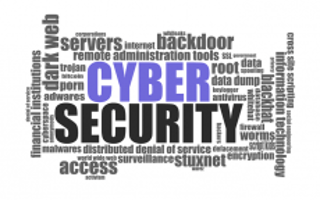Few measures can do more for data protection and security than multi-step authentication. This rising form of cyber defense turns what many believed to be a risk into an advantage. Unlike many other forms of security, it also addresses multiple data protection concerns.
How Multi-Step Authentication Works
Essentially every business person alive uses at least two devices to handle information, communication, and other daily business essentials. Desktop computers, laptops, smart phones, tablets, and every other computing device have something in common. They are all at risk of hacking or malware infections. Many data protection and security experts point out the very real problems that multiple devices create for cyber security. However, there are ways to turn multiple device usage into an advantage. It’s true that multiple devices offer hackers and malware developers multiple targets. However, even that is the case, it’s extremely unlikely that all devices will be compromised at the same time by the same criminals. That is the fact that multi-step authentication exploits. Data privacy and security rely heavily on passwords to keep out unauthorized eyes.
Users who utilize multi-step authentication require anyone seeking to access data in secure servers, email inboxes, etc. to have access to a secondary device. Most people use their smart phones, tablets, or both. When they need to access secure information, they need a password for the device they are currently using, and they also need a special code that is sent to their secondary device(s). Unless a criminal has access to all these codes and devices, they cannot access secure information, even if they manage to hack a computer. Although different authentication programs use slightly different procedures, they all follow this core principle.
Benefits of Multi-Step Authentication for Data Protection and Security
Of all the security measures to protect data, few cover so many areas of potential risk as multi-step authentication. Human error is a huge problem for data protection and security, but multi-step authentication prevents a huge number of careless accidents. Employees are less likely to access and use data carelessly when they’re reminded of its value by the involved process they must complete. This little reminder can help prevent employees from leaving sensitive information open and unattended. It also makes them rethink whether or not they absolutely need the data for a particular action. Controlling use and access is a critical part of data protection and security. The immediate benefits of multi-step authentication are pretty clear. Compromised systems enjoy an extra layer of defense that is extremely difficult for criminals to crack.
Data protection and security rely on these additional layers, and multi-step authentication is one of the best. Data protection and security rely on multiple steps to proactively defend against breaches. It seems fitting that a process called multi-step authentication would be one of the most effective. To help mitigate both employee and outside incursion risks, investigate this form of authentication and see if it would work for your business.






